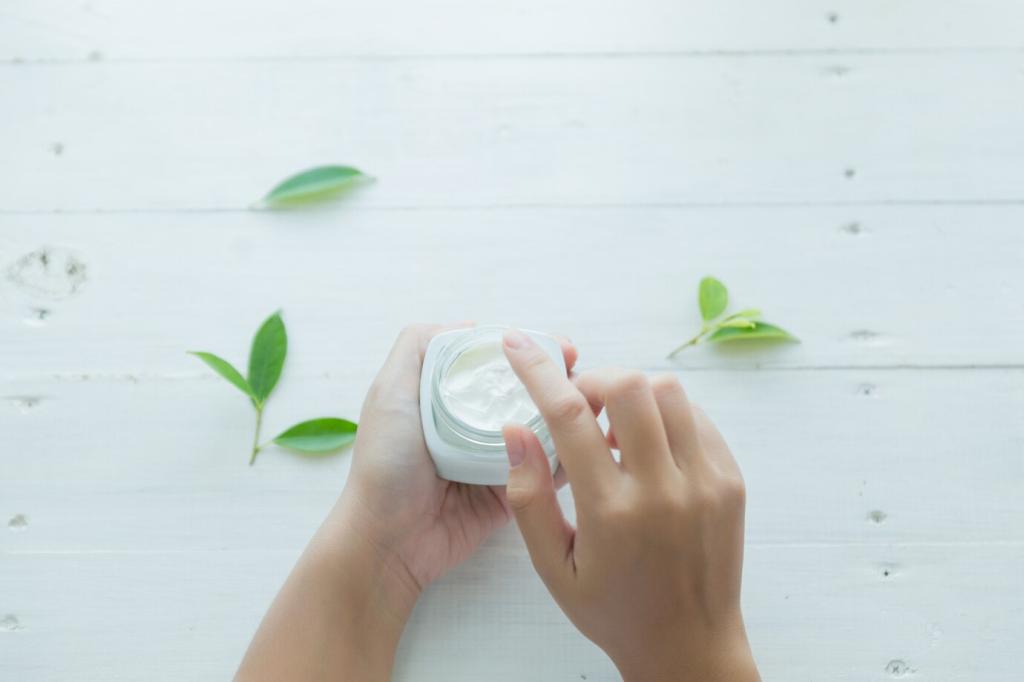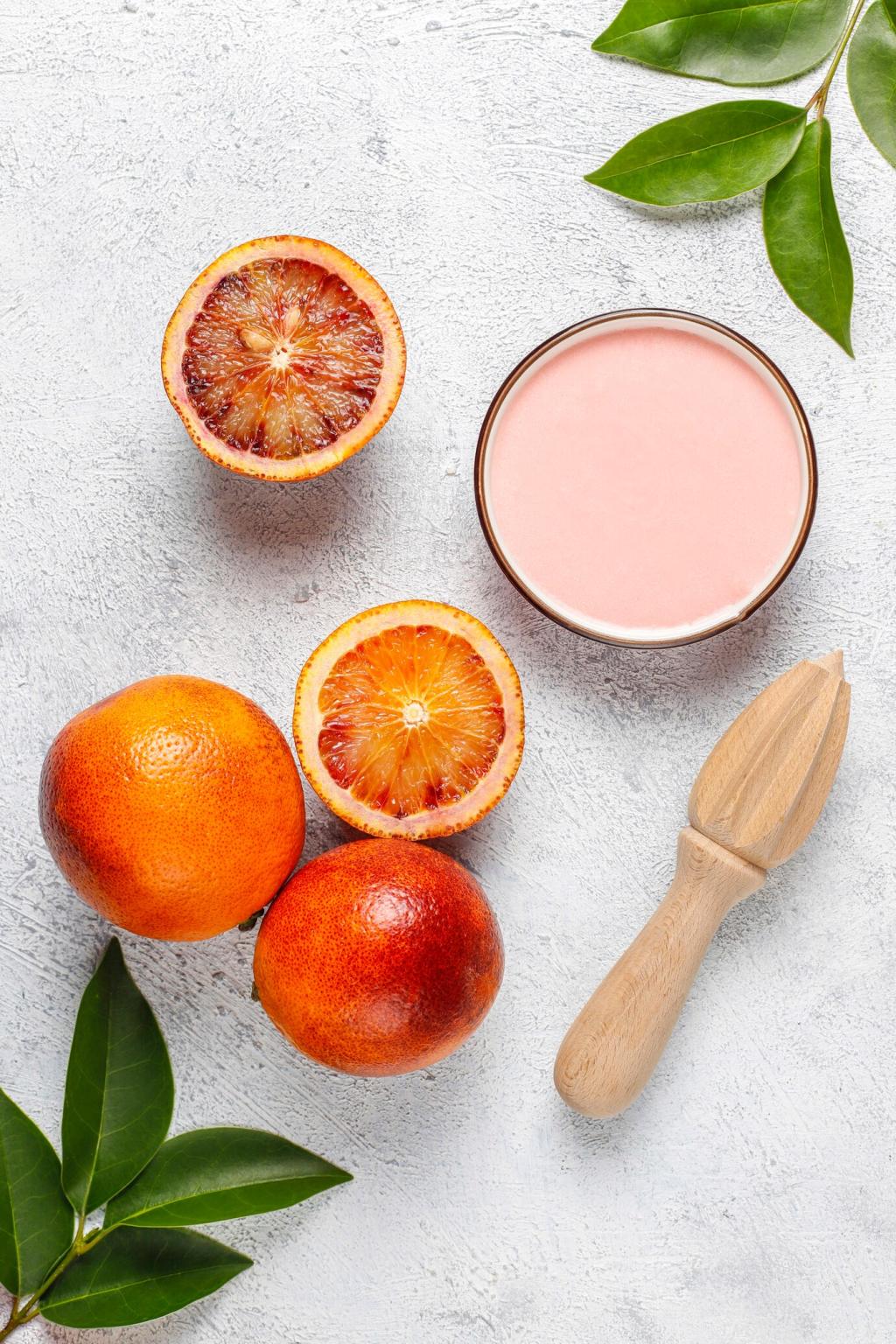Scent with Sense: Essential Oils That Love Wood
A few drops of cedarwood or fir essential oil add forest warmth without overwhelming. Their resinous character complements wax beautifully and pairs especially well with walnut or oak. Keep total essential oils under one percent by volume, and invite your nose to guide a balanced, grounded aroma.
Scent with Sense: Essential Oils That Love Wood
Lemon and sweet orange can lift fingerprints and light grease while brightening scent. They also behave as gentle solvents, so test tiny dilutions first. If you notice haze, reduce dosage and rebuff. Share your citrus success stories to help others find the happy middle between sparkle and safety.
Scent with Sense: Essential Oils That Love Wood
Expressed bergamot can be phototoxic, and clove may soften some finishes at higher concentrations. Minty oils can feel sharp and distracting indoors. When in doubt, err conservative, test discreetly, and invite community feedback. Your experience helps fellow readers keep both fragrance and finish in harmonious balance.
Scent with Sense: Essential Oils That Love Wood
Lorem ipsum dolor sit amet, consectetur adipiscing elit. Ut elit tellus, luctus nec ullamcorper mattis, pulvinar dapibus leo.





